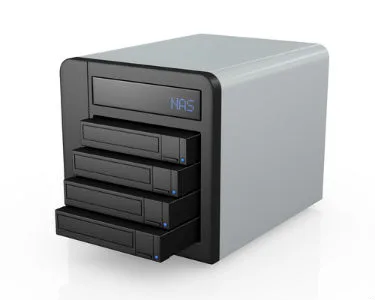Drive bays
For most home users, a drive with two bays is ideal because it allows you to mirror the contents of one drive to the other. NAS drives for business offer four, eight or even more bays. Single-bay drives are not recommended for most users because of their lack of redundancy.
